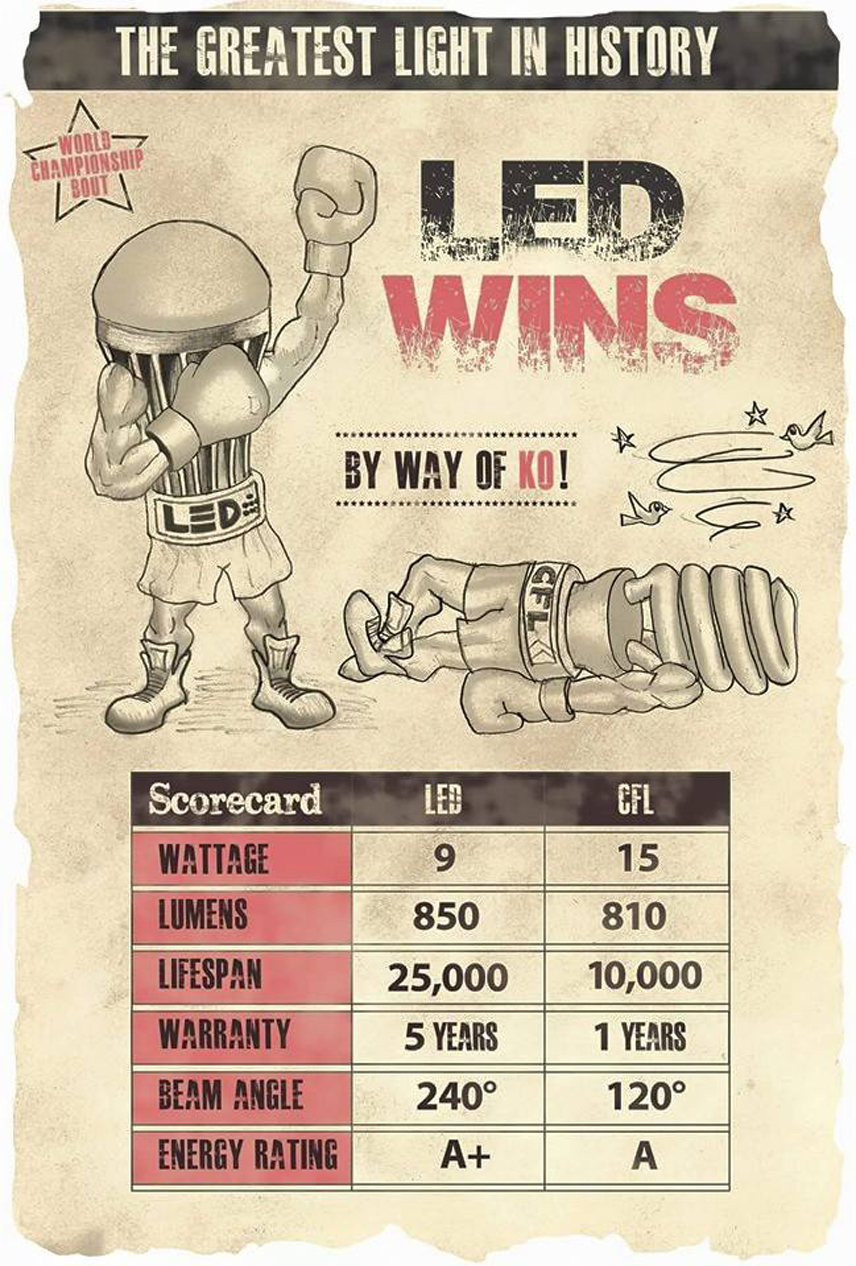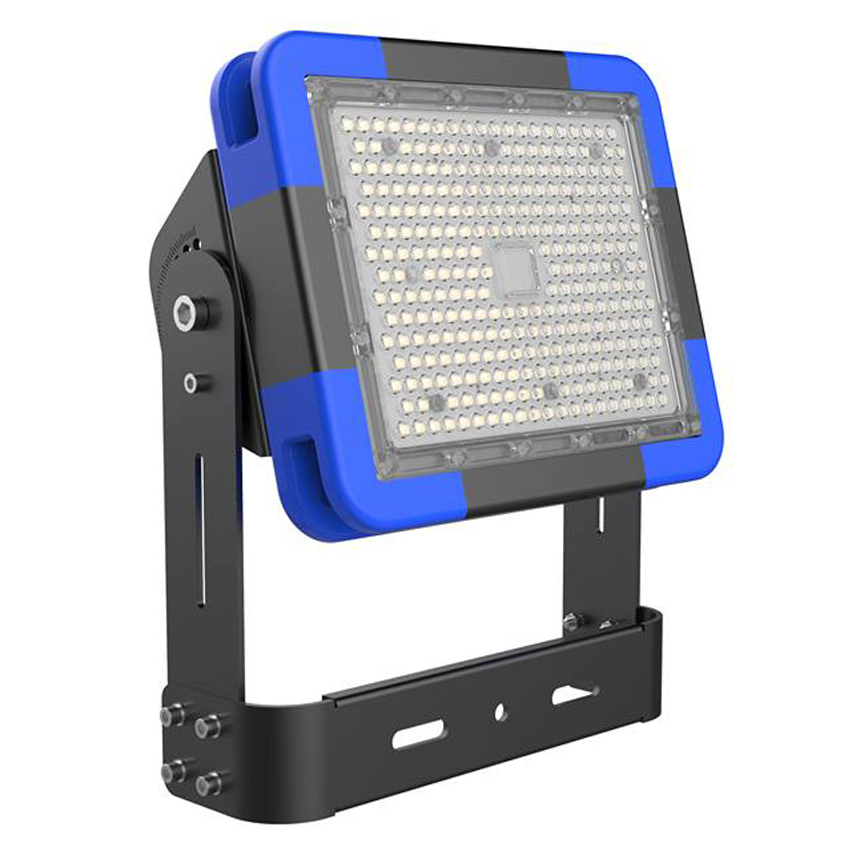Currently,People those looking into lighting solutions for a living space will likely be confronted with making a decision between LED lighting and conventional lighting. LED lighting, which stands for light emitting diodes, is essentially a long-lasting and efficient form of lighting. It is quickly becoming the preferred lighting choice in homes, offices, and other buildings, but why?

Energy Efficient
The first reason for choosing LED lighting fixtures is to promote better energy efficiency. Numbers suggest that LED lighting has an energy efficiency of 80-90%. That means almost all of the electrical energy used by a source is being converted into light and only 10-20% is being lost to other forms of energy. Conventional light bulbs work in the opposite way, with only 20% of energy being converted to light and 80% being lost as heat. Choosing LED lighting fixtures can result in significant savings – in some cases, hundreds of dollars a year.
Lifetime
LED bulbs have a much longer lifespan than their traditional counterparts. Some can be expected to last around 100,000 hours, or 11 years, of nonstop, continuous operation. If only used half of each day, they can last for more than two decades. That is an incredible contrast to the weeks or months some conventional bulbs can be expected to last. They are well suited for use in difficult to maintain spaces such as stairways and stairwells.
Size
LED lighting starts with a tiny diode and LED “packages” may contain one or multiple diodes. A single LED is very small, and most LED lighting incorporates multiple sources into arrays.
Typical LED bulbs range from 3-8 mm long. This allows them to be used in a variety of different fixtures and locations. They can fit in places typical bulbs cannot squeeze and can keep a low profile for minimal distraction. Their low profile means they can be easily concealed for use in under-,over-, and in-cabinet lighting. Also available in shapes similar to incandescent bulbs, lEDs can be used as direct replacements in table lamps and many other incandescent fixtures.
 Light Distribution
Light Distribution
A major advantage of LED lighting comes in the form of light distribution and disbursement. Because they are so efficient at converting energy into light, they are able to better direct light to a specific location. This can be particularly useful and important when trying to accent particular parts of a room or bookshelf. Conventional lighting spreads light across an area, while LED lighting can accurately focus on a precise object or area.
Controllable
LED lights are often chosen for their ability to be controlled, dimmed, and optimized.
LED lighting fixtures can be installed with dimmer switches to allow homeowners the ability to control and select the amount of the light emitted.
These are just a few of the advantages to using LED lighting. Choosing LED lighting can mean bulbs have an excellent lifespan, an inconspicuous size, give great light distribution, and have customizable features to fit any home. Be aware, however, that many dimmers were designed to control incandescent bulbs and may not produce a smooth change in output causing flicker during dimming. Always check
led lighting manufacturer-Fanguang Lighting recommendations for compatibility.
Any need,please contact with us:
[email protected]

